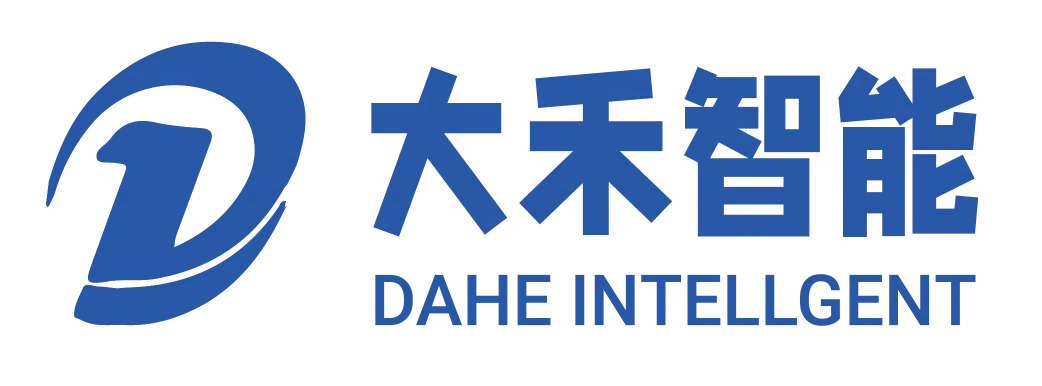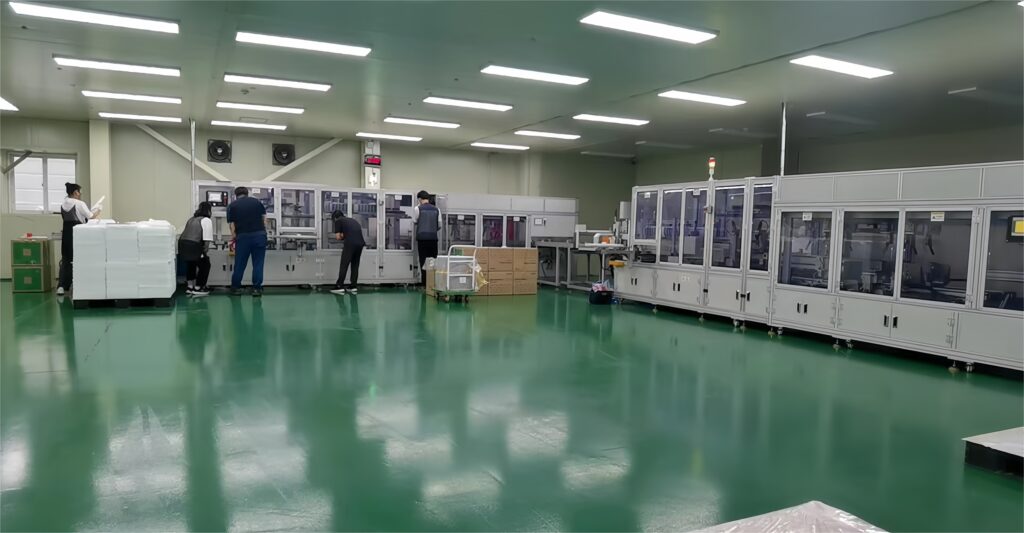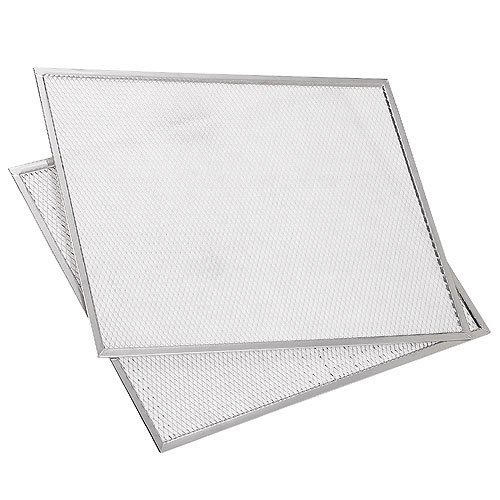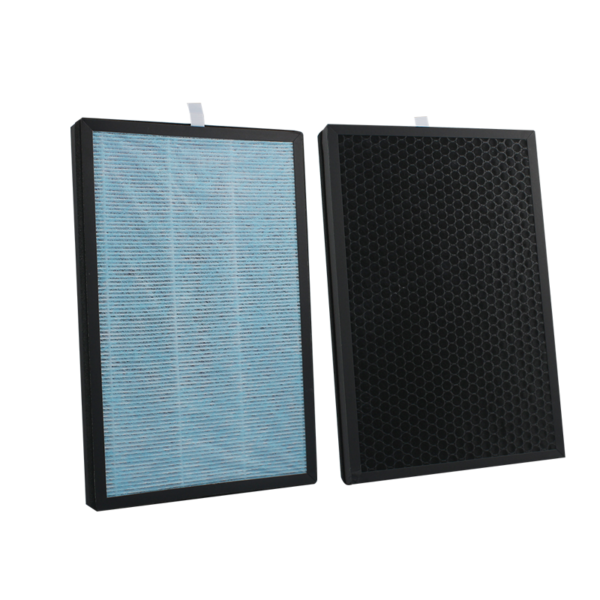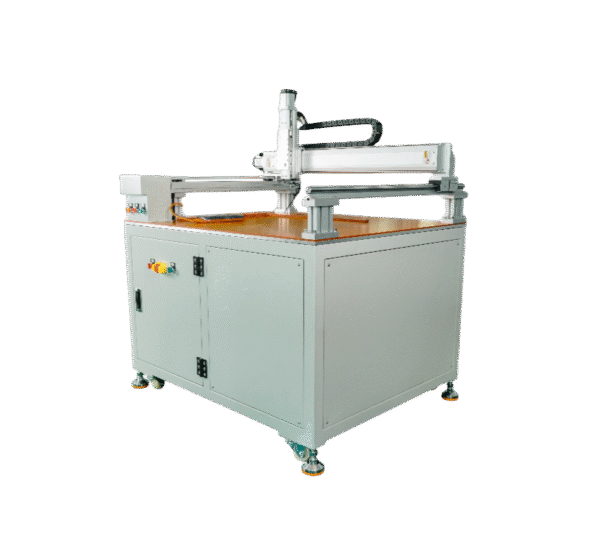Edge misalignment in a filter screen four-edge production line can severely degrade filter performance, resulting in irregular pleat geometry and reduced filtration efficiency. In traditional filter 4-side production line systems, manual alignment during feeding and folding often introduces uncertainty, especially when production quotas are met by increasing line speeds. For manufacturers in the HVAC, automotive, and industrial filter sectors, precise alignment of the four edges of the filter is important to ensure uniform pleat depth, consistent airflow resistance, and reliable sealing in downstream assembly. Therefore, we need a filter 4-side production line to maintain sub-millimeter alignment accuracy even in continuous high-volume production.
The filter screen four-edge production line is fully automated with an analog servo drive
An analogue servo drive system can avoid edge misalignment in a high-precision filter screen four-edge production line. This servo drive system replaces traditional cam or pneumatic drives. Unlike fixed geometry cams that require modification for new product sizes, servo drives use digital commands to adjust the wedge position, feed speed, and cutting axis. During the production process, the operator only needs to input the filter screen dimensions, such as filter media width, pleat angle, and number, into the HMI, and the PLC will calculate the precise servo trajectory required. This adaptability enables the production line to automatically compensate for changes in filter media thickness, roll diameter, and material expansion caused by temperature and maintain consistent tension and positioning throughout the process.
Automatic wedge angle and cutting angle adjustment
The edge alignment of the four-sided production line of the filter screen also depends largely on the geometry of the folding wedge and the angle of the cutting blade. We will mount the wedge assembly of the four-sided production line of the filter screen on a precision servo slide, which can achieve dynamic adjustment at the micron level. The shear angle sensor, integrated continuously, measures the cut edge profile and feeds back to the central controller through data. If any deviation of more than 0.1 mm occurs, the software will immediately fine-tune the wedge position and blade alignment to correct the misalignment.
This dynamic feedback loop ensures the system cuts all four sides of the filter media vertically, avoiding tilted pleats that may affect the integrity of the stack. In addition, the production line automatically records all adjustments for quality traceability, providing transparency of the entire production process and enhancing product consistency throughout the production process.
Optimizing the production speed of the filter screen four-edge production line through adaptive optimization
Maintaining perfect edge alignment on the filter four-side production line requires synchronized motion between the feed, pleating, and cutting modules, especially when the production speed fluctuates. We solve this problem by connecting all servo drive subsystems to a master controller that monitors encoder-based tension sensors in real time. As the line speed increases, the filter four-side production line proportionally adjusts the feed speed, wedge motion, and blade timing to maintain the pleats’ geometry and the edges’ verticality. If the speed exceeds the optimal alignment threshold, the controller automatically adjusts the servo speed or introduces micro-pauses to form and accurately cut each pleat. Conversely, when the line speed gradually reduces, the controller adjusts the servo motion to prevent material slack or pleat deformation.
Precise positioning of the robot transfer
We added robots to our fully automated filter screen four-edge production line to automatically transfer parts. Once folded and cut, the robot’s multi-axis gripper grabs the filter element, lifts it from the folding station, and places it on a stacking conveyor or quality inspection fixture with sub-millimeter accuracy. This not only eliminates lateral deflection caused by relying on vibrating conveyors or manual handling, but also avoids edge and fold misalignment. In addition, the robot’s motion path is programmed to align with the filter element’s center of gravity and edge reference points, ensuring that each filter element maintains consistent orientation during downstream processing. Automating the transfer process increases production and reduces scrap, allowing operators to focus on system monitoring and maintenance.
Vision-guided inspection and correction
We integrate machine vision systems into filter production lines to ensure the process meets alignment specifications. High-resolution cameras capture images from all four sides of the filter, and advanced image processing algorithms detect deviations in pleat alignment and edge verticality in real time. If the vision system detects a defect, it initiates an automatic correction sequence by adjusting the servo set points for subsequent parts or diverting the faulty part to a scrap chute. These vision-driven feedback loops meet strict quality standards and provide actionable manufacturing intelligence. Detailed analysis of alignment trends, scrap rates, and maintenance triggers helps to optimize processes, ensuring product excellence and operational efficiency continuously.
Achieve precise screen edge alignment
Preventing screen edge misalignment on all four sides of the screen production line requires fully integrated automation technology using full analog servo control, dynamic wedge and blade adjustment, adaptive speed coordination, etc. Operators can eliminate human errors and precisely align all four edges to achieve sub-precision, regardless of material type, pleat pattern, or production speed.
